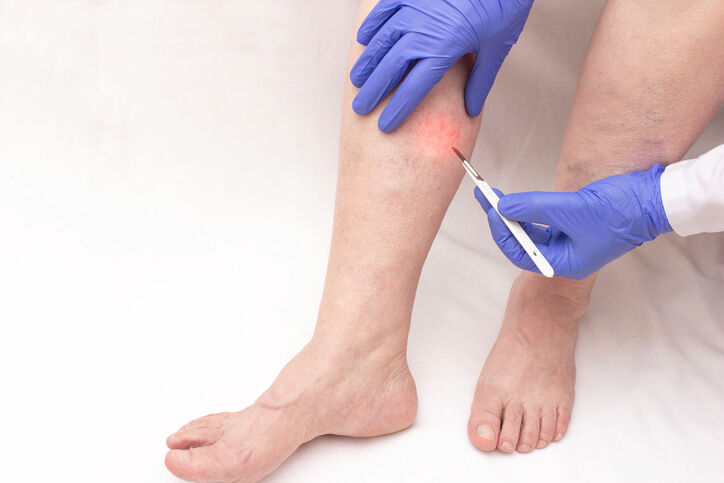Blue light therapy is the current alternative therapy for spider veins and varicose veins. But does it achieve the results it promises?
The internet and Med spas promote many dubious remedies for varicose veins and spider veins. One treatment currently advertised for spider and varicose veins is called “blue light” therapy. The technique is marketed as an alternative to more invasive treatments for spider and varicose veins. But does it actually work?
Like other questionable “cures” for varicose veins found on the internet, blue light treatment has limited success in treating spider veins and no effect in eliminating varicose veins. Furthermore, blue light treatments for spider veins are often expensive and require multiple sessions.
As seen with a number of so-called antidotes for varicose and spider veins, blue light therapy is not an alternative to medical treatment by a certified vein specialist.
What is Blue Light?
Spider veins are thin clusters of blue, purple, or red lines on the surface of the skin, usually appearing on the legs and face. Unlike varicose veins, spider veins are not raised; instead, they are itchy and more of a cosmetic concern.
Blue light treatment, advertised for spider veins, relies on a non-UV light to heat and target spider veins. By applying the heat to the skin’s surface, the blue light is said to shrink the blood vessels.
Blue light therapy requires several light treatments. In laser light therapy, high energy light is focused on the pigment in the blood vessels. Eventually, the laser causes the spider vein to disappear. Intense pulsed light (IPL) therapy is a similar treatment, except multiple wavelengths of light are used over a larger area.
Because blue light is not an invasive treatment, a medical professional doesn’t need to administer it. Therefore, spas can offer “therapy.”
Blue light devices are even sold for home use. Although some people report initial positive results in treating spider veins with blue light, the technique fails as a long-term cure. You may need to pay for several sessions to achieve even minimal results.
The only instance when blue light may be an effective treatment for spider veins is if those veins are located on the face or foot.
Blue light is not recommended for varicose veins. Varicose veins are swollen veins on the legs and feet caused by weak valves in the veins that allow blood to pool and swell the veins.
To address varicose veins, you need treatment that goes beneath the skin's surface, directly at the diseased vein. Only a board-certified vein specialist offers those therapies, including one of the most common therapeutic treatments for spider veins and varicose veins—sclerotherapy.
What is Sclerotherapy?
Sclerotherapy is the preferred treatment for spider veins and smaller varicose veins. In this procedure, your doctor injects a safe, FDA-approved solution called a sclerosant into the vein. The chemical irritates and collapses the vein walls.
Once blood flow is cut off to the diseased vein, blood diverts to healthier veins. The spider vein or varicose vein is reabsorbed into the body. To completely eliminate the spider veins or varicose veins, you may need more than one sclerotherapy session.
In addition to sclerotherapy, your vein specialist offers several proven and safe treatments for varicose veins. Two of those therapies use heat, including endovenous laser ablation and radiofrequency ablation.
In endovenous laser ablation, your doctor guides a device with a laser tip into the vein. The heat seals the diseased vein, allowing the pooled blood to drain and the swollen varicose vein to slowly collapse.
Radiofrequency ablation is also a thermal-based treatment, using heat that is generated by radiofrequency waves.
For larger veins, ambulatory phlebectomy is the treatment of choice. During this procedure, the damaged vein is removed via two tiny incisions.
All these therapies plus newer innovations use minimal to no anesthesia during an out-patient visit. Treatment times are brief, and after-effects are slight and usually see only minor swelling and bruising. You may be asked to wear compression stockings after the procedure to ensure proper blood flow. Otherwise, your recovery period is short.
Because a trained and certified physician performs these procedures, you can be assured you're receiving good medical care. That’s quite different from treatment offered by a non-professional at a spa.
Visit a Vein Specialist
For vein care, visit a trained vascular medicine professional, not a spa. Center for Vein Restoration operates two offices in Austin, Texas. Led by Aditya Gupta, MD, RPVI, DABVLM, he is certified in Internal Medicine and Venous and Lymphatic Medicine. Contact him or one of our network of doctors for an appointment.
7900 Farm to Market Road 1826
Building 1, Suite 170
Austin, TX 78737
11111 Research Boulevard
Suite 400
Austin, Texas 78759
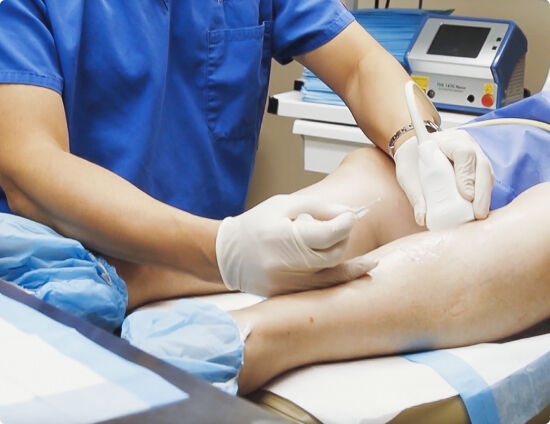
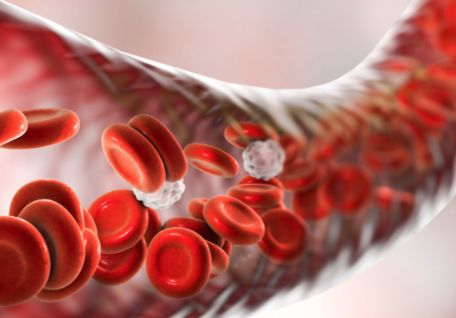 About Vein Disease
About Vein Disease
 Spider Veins
Spider Veins
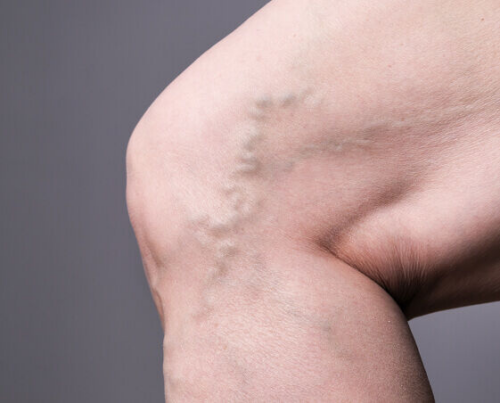 Varicose Veins
Varicose Veins
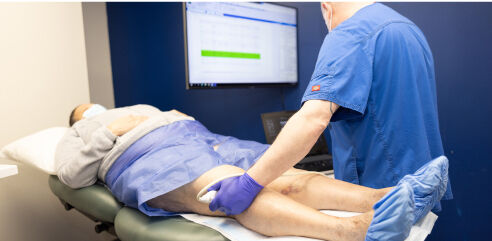 Vein Disease Treatments
Vein Disease Treatments
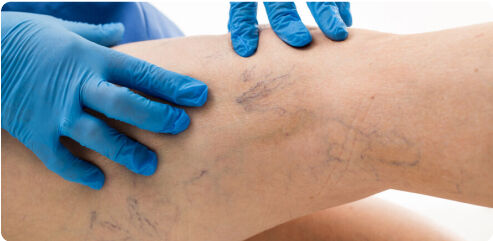 Treating Spider Veins
Treating Spider Veins
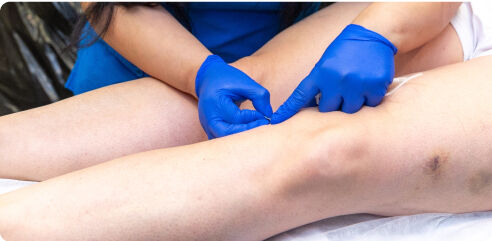 Treating Varicose Veins
Treating Varicose Veins
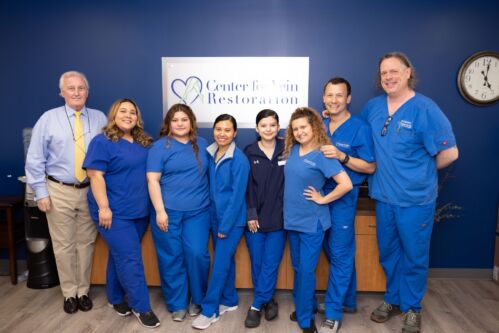 About Us
About Us
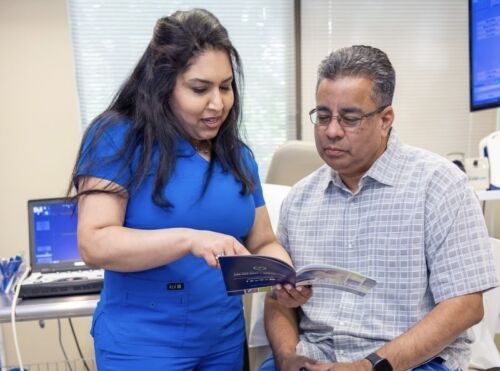 Patient Resources
Patient Resources
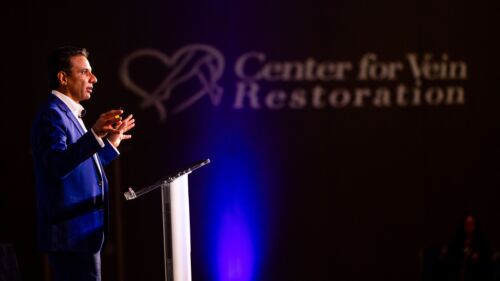 Physician Resources
Physician Resources

